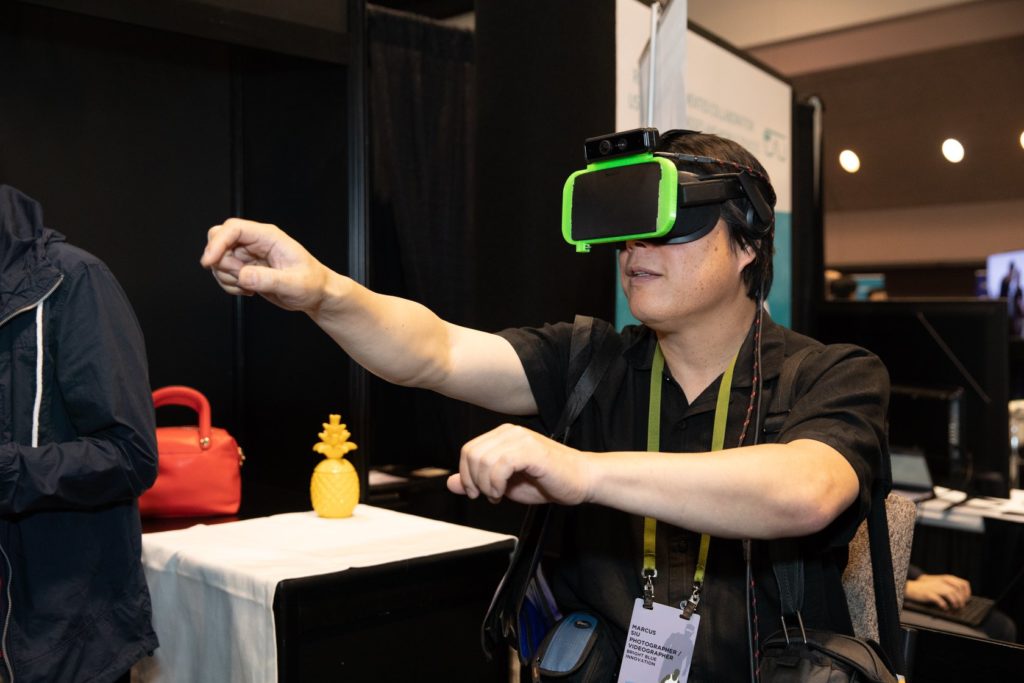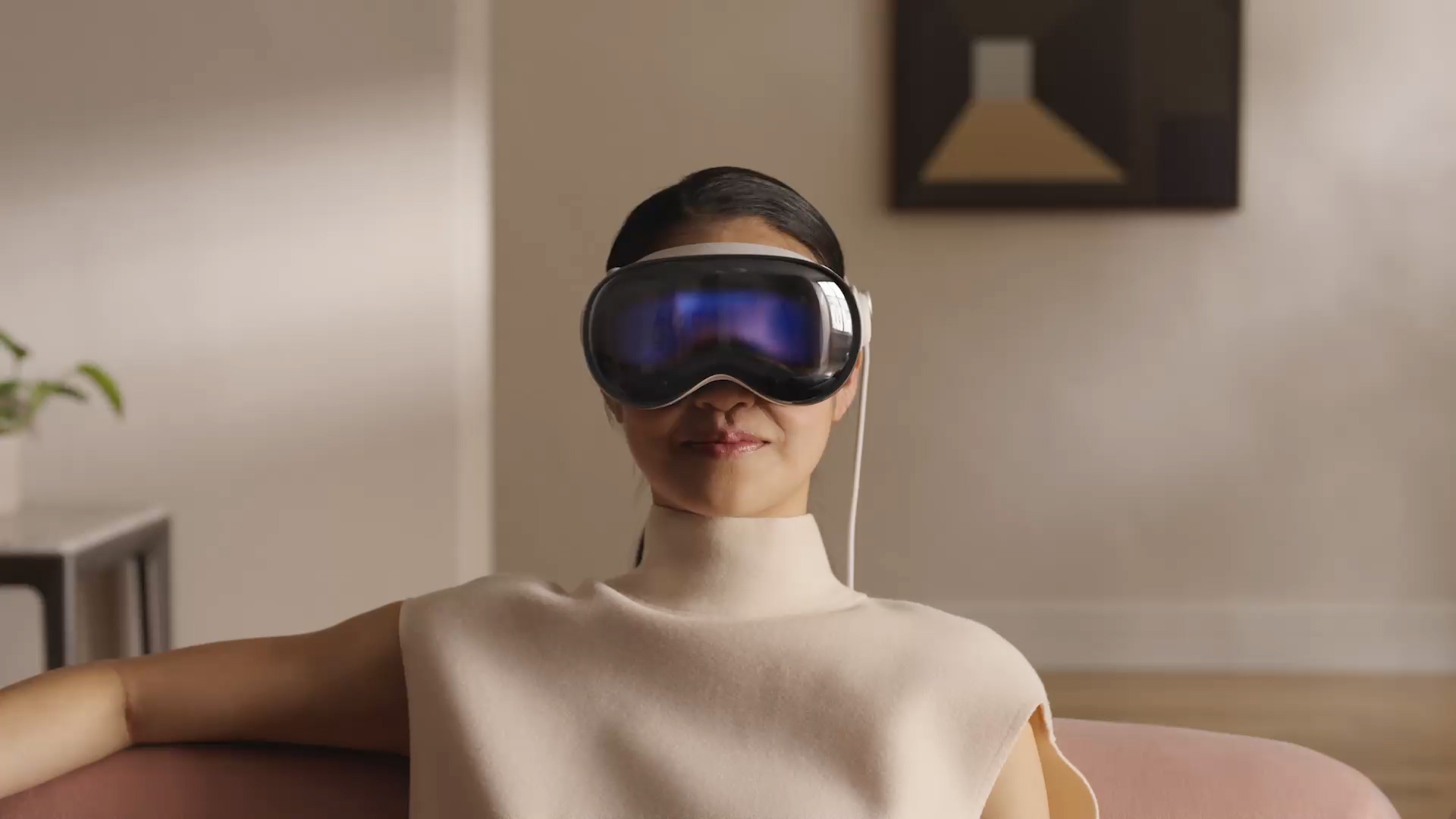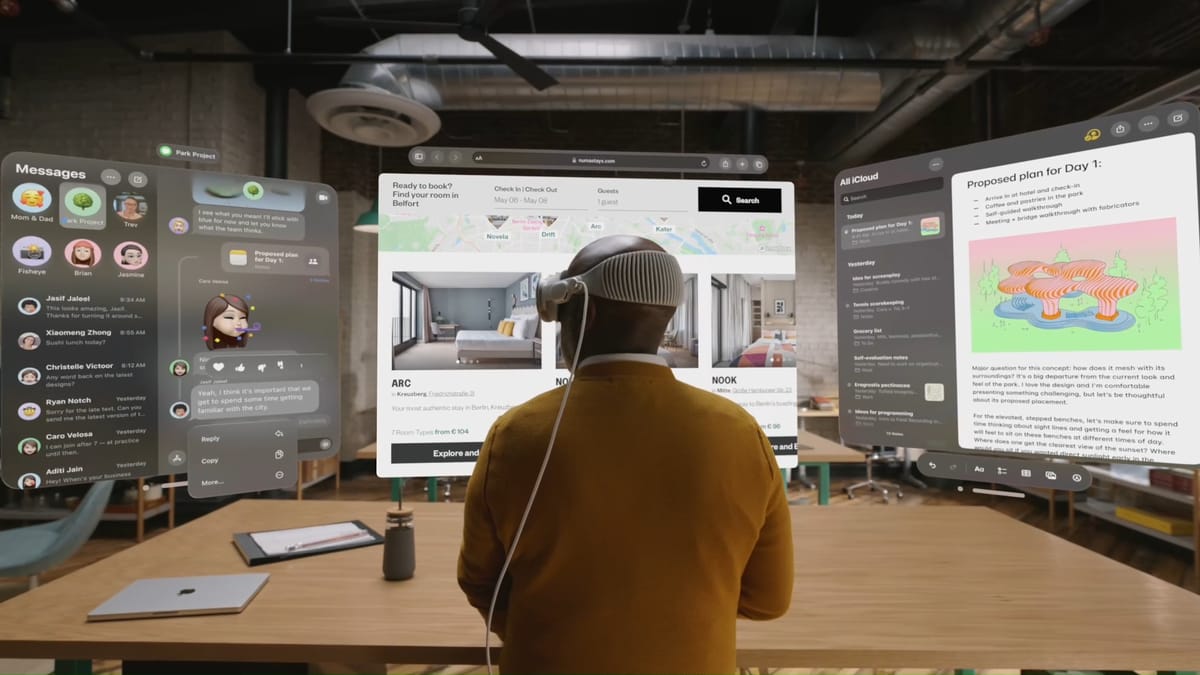The 9th Augmented World Expo was pretty magical. First to take the stage was a point cloud hologram twin of Ori Inbar, soon followed by a real-life AR magician. There were keynotes in mixed reality, an interactive “magic trick” in the Playground that could turn anyone into a great dancer, and plenty of wonder about the power of XR to tell stories and improve the quality of life around the world.
This year felt like a milestone in the XR world (and not just because 2018 brought AR to millions of phones and Ready Player One to movie theaters). XR is so much more than hardware and software; it’s a community—a community of people who, over the course of three days, shared their passion and design tips, had some difficult but necessary conversations, and even tuned in from home via the #AWE2018 hashtag.
“This is one of the most collaborative, welcoming and innovative communities I’ve been a part of.” - @alexchuang72
“…a passionate community that’s getting smarter and larger but staying supportive and collaborative” - @amylameyer
Here are 6 major themes that emerged at this year’s event:
XR is the future of storytelling
Yes, there was a panel dedicated to XR storytelling at AWE; but the theme of telling stories came up again and again across all six tracks of the event, from tools to help creators tell stories in a new medium to lessons from a Pixar veteran on how to structure a good story like your favorite Disney-Pixar film.
Jonathan Josephson (Quantum Interface) and Angel Adams (Catchwind Innovations) approached the topic from a design perspective, while others spoke about telling stories to entertain, teach ethical behavior, and raise awareness. Within storytelling, emotion (thanks, Lucas Rizzotto!) and physicality (including new factors like body language and eye capture) were discussed: “You have a responsibility as a creator to understand the content you’re creating in an embodied experience.” – Ryan Horrigan (Felix & Paul Studios)
Time for developers and content creators to shine
If you came to Santa Clara hoping to get advice on developing and designing XR apps and experiences, you came to the right place. Along with hands-on developer workshops, speakers served up great insights and tips throughout the event, such as Dr. John Fan’s “5 rules for doing AR right” (Kopin) and this gem from 8th Wall’s Erik Murphy-Chutorian: “Mobile AR is better when it moves you.” In addition to design guidelines, speakers like Josh Carpenter from Google and Yoon Park from Microsoft presented new tools in hopes of making XR more accessible to developers.
From the Inspire stage, Vuzix’s Lance Anderson and Frank Soqui from Intel appealed directly to developers, urging them to drop their phones and begin building killer apps for glasses (if we’re ever going to go wearable in XR) and suggesting they partner with unfamiliar industries to bring ideas to life. On the Life Track, NYU professor Adaora Udoji and investor Nathaniel Krasnoff said that in order to make good on the promises of XR to change the way we live and work, domain experts need to be in the room. “The companies that combine technologist with domain expertise will have an advantage.” – Adaora
Helping XR startups
In addition to providing a platform for startups to pitch their ideas and network with investors, a number of panels at AWE dished out advice gold to current and future startup founders. XR is a large and disjointed ecosystem right now. Sharing ideas and partnering is the fastest way to solve the biggest problems; hence, the emphasis on nurturing startups and collaboration as the future of business.
Investors and successful founders spoke about what it takes to raise a round of funding in XR, how to spot common goals for partnerships and “right fit” vendors, and how to build a positive team culture from the start (own your mistakes and be honest about your mental state). “Say what you mean, mean what you say, and don’t say it mean.” – Cheryl Bayer, Living Popups
Startups in the audience also received valuable legal and PR advice from lawyers and experts on two separate panels.
Shared experiences
In the age of social media, it’s normal to find yourself in a subway car full of commuters with their heads down. Could XR technologies bring us closer together, make us more present, or let us feel others’ presence when far away? Can we create meaningful interactivity in XR (Elizabeth Hunter, Fabula(b))?
On the Work Track, it was clear that AR is already enabling real-time, remote collaboration and design and that businesses are already seeing ROI. Elsewhere, speakers explored the possibilities of social VR (Katie Kelly, AltspaceVR) and reconnecting children with the physical world (Arjita Sethi, Equally). Phil Keslin of Niantic Labs stressed that AR is more than pixels--engaging geo-mapped AR experiences will make us socialize and explore our surroundings again. As for what’s next in AR, Mira’s Matt Stern said hands-free, social experiences.
Real talk
This year’s presenters made many powerful statements and observations, beginning with Ori Inbar's declaration that “now is the time to go XR or go extinct.” A main-stage panel on diversity in XR, discussions within the XR4Good Track, and talks curated by WXR asked us to own up to the failure of the tech industry to mentor women and people of color, and to consider diversity from the ground up (from code to leadership). And in a visually stunning presentation, Tom Emrich had us questioning our identities and the meaning of death in an XR future.
Some memorable quotes include:
“It’s a new day in Silicon Valley, and you can no longer think that there aren’t qualified candidates that look like us on this stage.” – Chris Lafayette, The Armada
“Who we are is defined by this outer shell we inhabit. But soon it won’t matter what body we are born with, as we will be able to express our own identities with XR.” – Tom Emrich
“What we’re doing today is making choices people will have to live with for a long time.”- Brian Mullins, DAQRI on AR’s ability to breakdown the limits that hold people back
XR for good
We may be in the Wild West era of XR – on an unclear path with infinite possibilities ahead – yet it does feel like we defined a few borders this year at AWE. XR is the next wave of computing, the next generation of the Internet, the future and a huge opportunity to improve lives, change attitudes, build equal representation, preserve the past, democratize knowledge, conquer our fears, and more. That we have a chance to do things right this time was a message evident throughout the agenda.
Some of the good XR could do in the world according to AWE 2018 speakers:
- Help people with disabilities
- Connect people emotionally to social causes
- Open hearts and minds and spread LGBTQ pride
- Comfort children post-op and encourage kids to learn
- Fight hate and save the honey bee
The last speaker of AWE, 14-year-old entrepreneur Sabarish Gnanamoorthy, delivered the perfect talk to send attendees off into another year of XR innovation: He spoke about how XR will impact his generation, what tech providers are getting wrong, and how we should be approaching the future of XR. Millennials and younger generations are facing student debt, climate change, a growing divide between the upper and lower classes, a streak of racism, hate and isolationism in the U.S. and overseas, the opioid crisis, gun violence, an extreme partisan political climate, fake news, and more. We owe it to them to translate the incredible potential of AR+VR into viable solutions for a better world.



